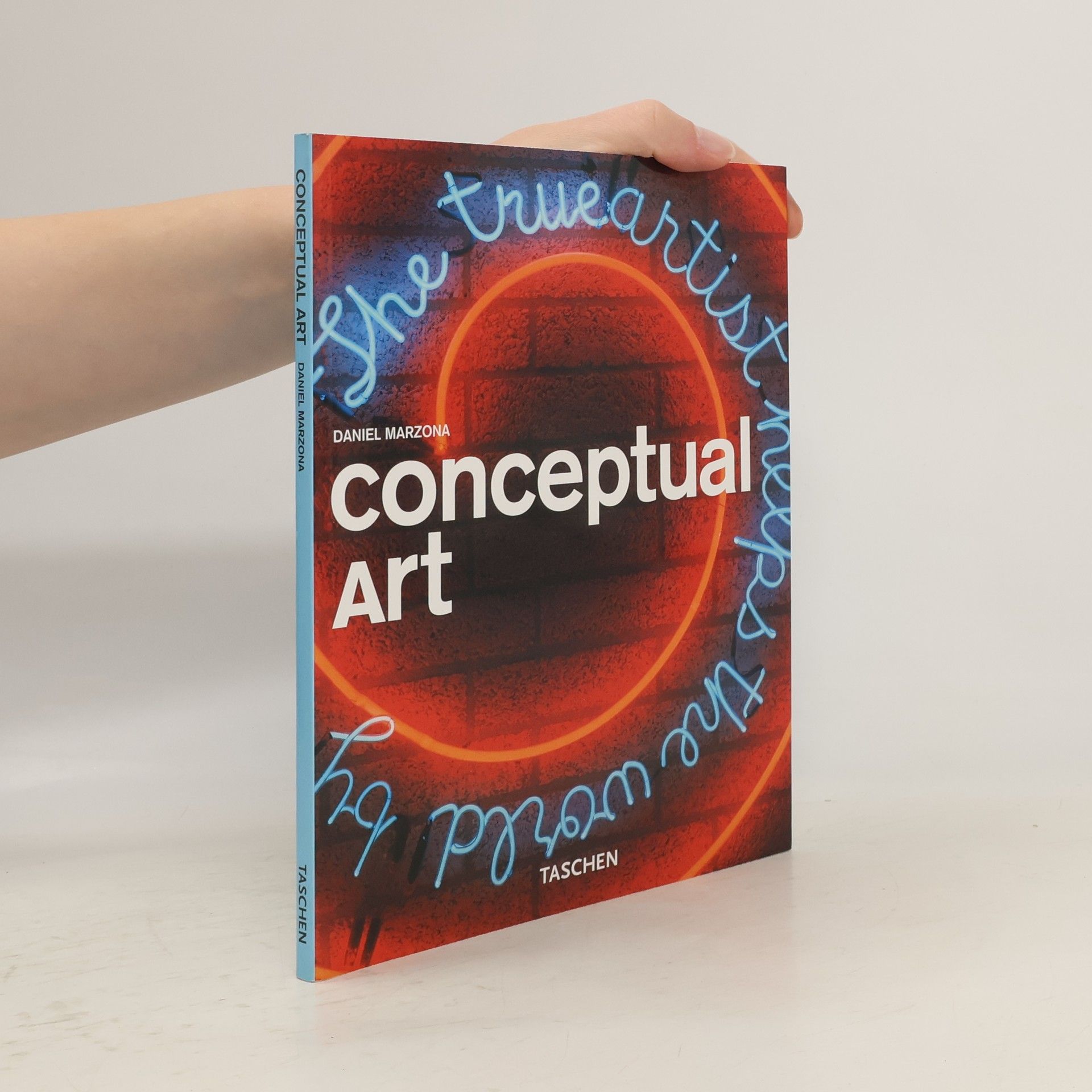Minimalismus
- 94 stránek
- 4 hodiny čtení
Zářivka běžně dostupná v obchodech upevněná diagonálně na zeď, neopracované dřevěné trámy nebo kovové desky, které na zemi vytvářejí nekomplikované. obrazce, bedny z kovu či plexiskla seřazené jednoduše vedle sebe, krychle a jiné základní stereo metrické útvary z překližky, hliníku nebo oceli - tak bychom mohli charakterizovat dna mnoha umělců, která vznikla začátkem šedesátých let v New Yorku a Los Angeles. Pro minimalismus je charakteristické geometrické řazení stejných prvků prosté jakéhokoli subjektivismu. Vznikl v Americe z velké části jako protiváha abstraktního expresionismu a pop-artu. Název "Minimal Art" (minimalismus) vznikl díky filozofovi umění Richardu Wollheimovi, který ve svém stejnojmenném článku z roku 1965 nechtěl postihnout nejnovější umělecké proudy v Americe, ale obecný fenomén v umění 20. století: minimalizaci uměleckého obsahu. Umělecká kritika nakonec tento termín přenesla na dna Carla Andreho, Dana Flavina, Donalda Judda, Sola LeWitta a Roberta Morrise.




